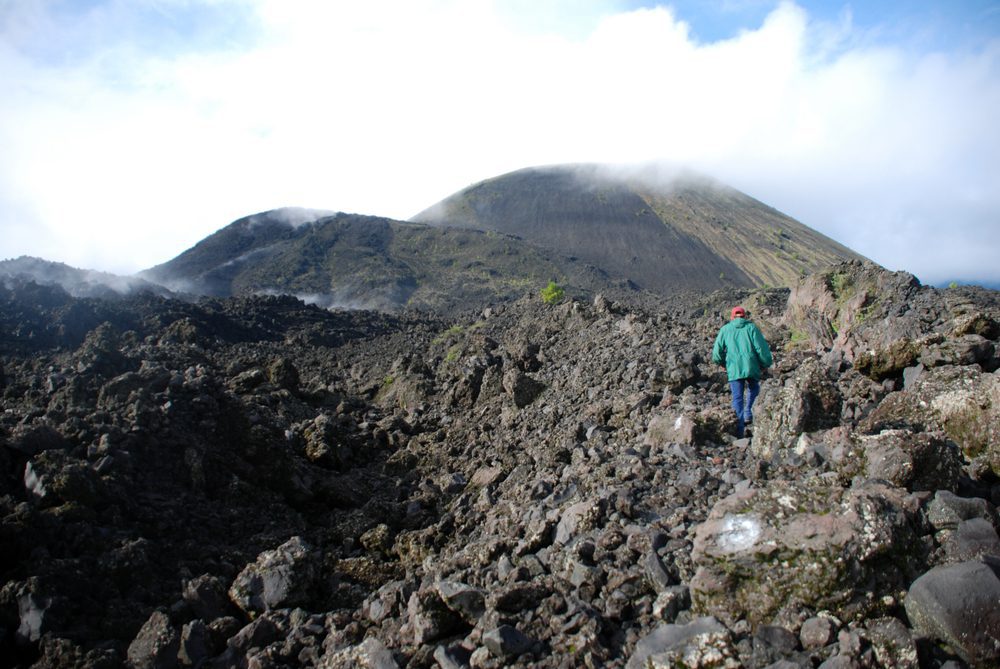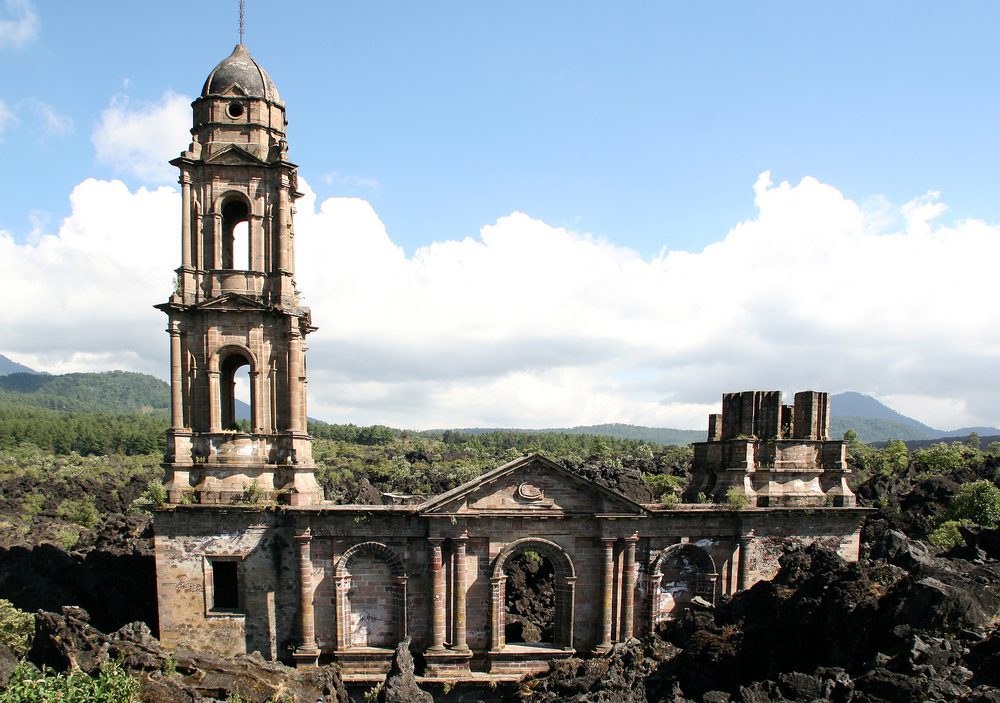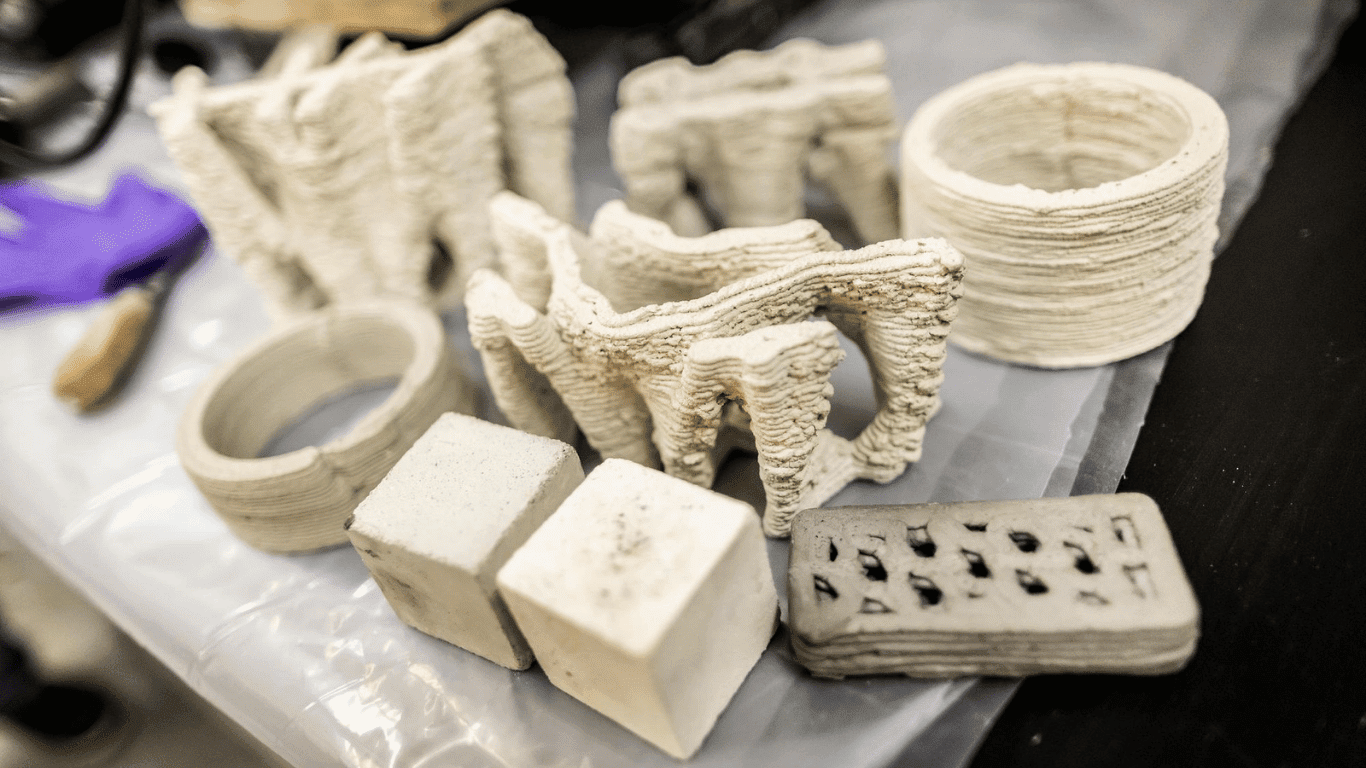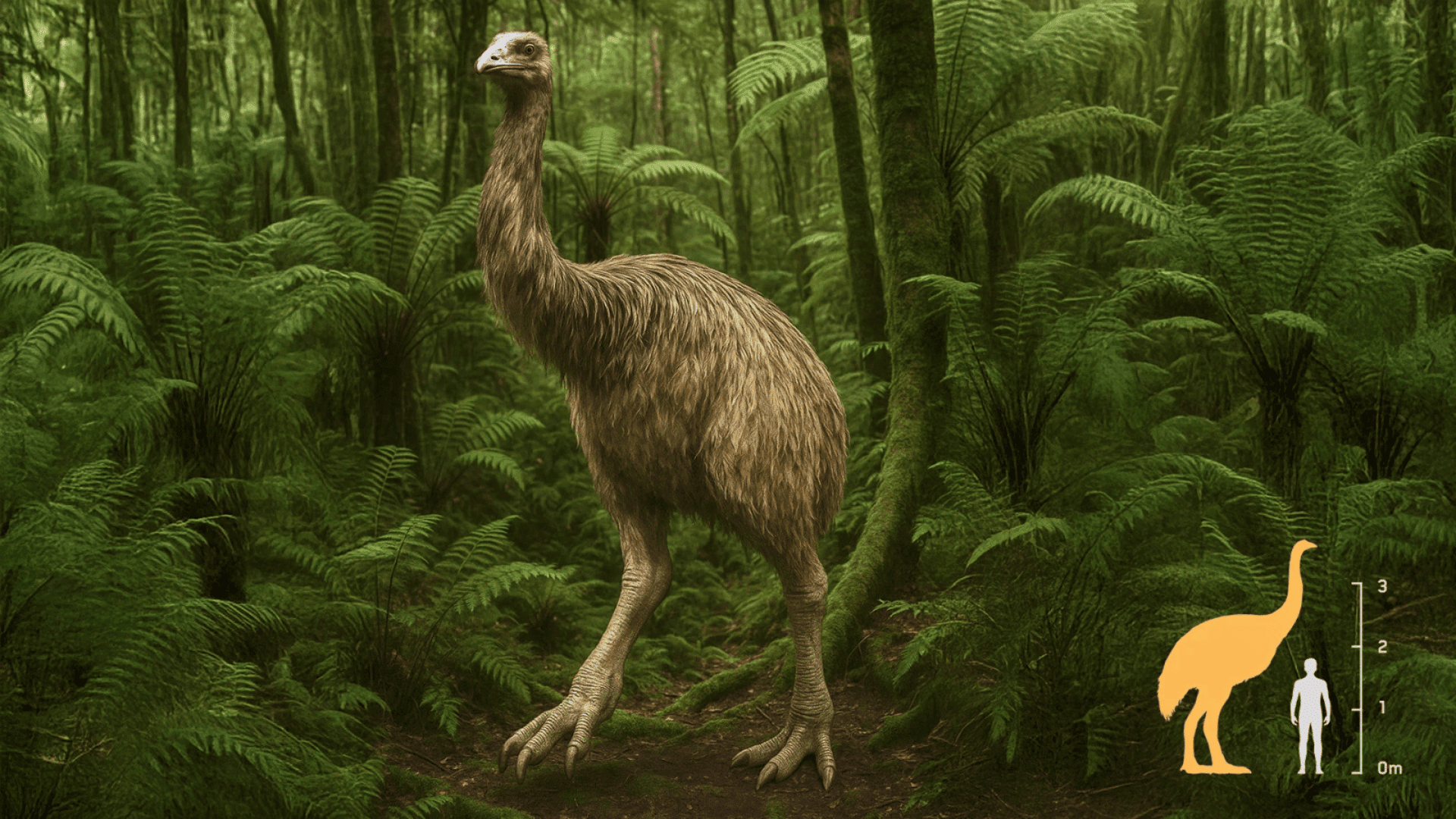In the first month or so of 1943, Michoacan, Mexico was experiencing earthquakes. They weren’t terribly powerful–only registering around 3.2 on the Richter scale–but they were frequent. Residents also reported hearing thunder, even when the skies were clear. In the late afternoon of February 20, the source of the phenomena was revealed: a new volcano was forming, and its name would be Paricutin. Below is vintage news footage of the volcano’s eruption:
Paricutin is a cinder cone volcano that continues to fascinate scientists with its abrupt creation. It was the first time modern science was able to document the entire eruption process, which took place over the course of nine years. Today, the volcano is a tourist attraction and has served as inspiration for artists from around the world.
Paricutin first emerged in the cornfield of a farmer named Dionisio Pulido, who was working alone when he stumbled upon the first fissure in February of 1943. That first day not only frightened the locals but also had the volcano’s first hit of strombolian activity. A scoria cone, over 165 feet high, was formed just 24 hours later–about a fourth of its full height (682 feet).
On June 12 of the same year, the first lava flow began, advancing towards the village with which Paricutin shares its name. San Juan Parangaricutiro, another nearby town, was the second city to be evacuated. Fortunately, there were no fatalities from either settlement. Activity began to decline rapidly after the third phase (called Taqué-Ahuan) in 1945. The last recorded burst of activity was between January and February 1952 by Celedonio Gutierrez.
While World War II was ongoing at the time, Paricutin still managed to garner international attention. Flights traveling through the area would draw attention to the volcano. One film, Captain from Castile, used the volcano as its backdrop and locals as extras. Artists like Diego Rivera and Pablo O’Higgins would feature Paricutin in their works, or at least make references.

Today, Paricutin is a popular tourist destination, with hikers enjoying the climb to its peak. It must be completed partially on horseback and will take the visitor through avocado groves, agave fields, and forests. Others prefer to eschew the trek and instead visit the remains of the San Juan Parangaricutiro church. It’s relatively well-maintained and it’s not uncommon to see vendors outside selling food and souvenirs or fresh flowers on the ruined altar. In 1997, it was named one of the Seven Wonders of the Natural World by CNN. Also worthy of mention is a 1983 children’s book titled Hill of Fire about the formation of Paricutin, which was featured on Reading Rainbow in 1985.
The Paricutin Volcano stands as a testament to the power of nature and how suddenly it can change the world. While it wasn’t formed overnight, its eruption and subsequent formation was simultaneously a boon for scientists and artists alike, who found inspiration to create. What started with a few earthquakes shook the entire planet, changing the face of history.

Just remember that it still belongs to Dionisio Pulido…at least in spirit. Pulido, the farmer who discovered the first fissure, left a sign as he was evacuating that read “This volcano is owned and operated by Dionisio Pulido.” It was on his property, after all.
Follow our Instagram and release the creator in you!







